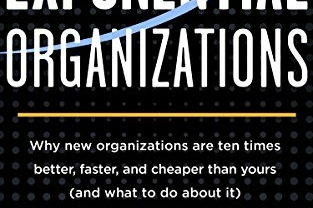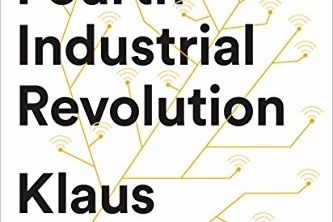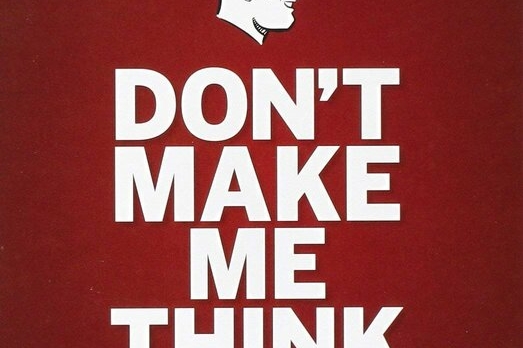In The Metaverse: And How It Will Revolutionize Everything, theorist & venture capitalist Matthew Ball takes the reader on an expansive tour of the “next internet: what the Metaverse is, what it will take to build it, and what it means for all of us. Ball explains why entire generations will eventually move to and live inside the metaverse and how it will forever alter our daily lives, our work, and how we think.
What is the Metaverse?
THE TERM “METAVERSE” WAS COINED BY AUTHOR Neal Stephenson in his 1992 novel Snow Crash. For all its influence, Stephenson’s book provided no specific definition of the Metaverse, but what he described was a persistent virtual world that reached, interacted with, and affected nearly every part of human existence. It was a place for labor and leisure, for self-actualization as well as physical exhaustion, for art alongside commerce. At any given time, there were roughly 15 million human-controlled avatars on “The Street,” which Stephenson called “the Broadway, the Champs Elysees of the Metaverse,” but stretched across the entirety of a virtual planet more than two and a half times the size of the earth. As a point of contrast, there were fewer than 15 million total users of the internet in the real world the year Stephenson’s novel was published.
The Metaverse offers refuge and opportunity to millions. It was a virtual place where a pizza deliverer in the “real world” could be a talented swordsman with inside access to the hottest clubs. But Stephenson’s novel was clear: in Snow Crash the Metaverse has made life in the real world worse.
The Metaverse is a massively scaled and interoperable network of real-time rendered 3D virtual worlds that can be experienced synchronously and persistently by an effectively unlimited number of users with an individual sense of presence, and with continuity of data, such as identity, history, entitlements, objects, communications, and payments.
Virtual Worlds
Virtual Worlds refer to any computer-generated simulated environment. These environments can be in immersive 3D, 3D, 2.5D (also known as isometric 3D), 2D, layered atop the “real world” via augmented reality, or purely text-based, as in the game-like MUDs and non-game-like MUSHs of the 1970s. These worlds can have no individual user—as in the case of a Pixar film, or when virtually simulating an ecosphere for a biology class. In other cases, they might be limited to a single user, as when playing Legend of Zelda, or be shared with many others, as in Call of Duty. These users might affect and be affected by this virtual world through any number of devices, such as a keyboard, motion sensor, or even a camera that tracks their motion.
Digital Twin
Stylistically, virtual worlds can reproduce the “real world” exactly (these are often called a “digital twin”) or represent a fictionalized version of it (such as Super Mario Odyssey’s New Donk City, or the quarter-scale Manhattan of PlayStation’s 2018 game Marvel’s Spider-Man), or represent an altogether fictional reality in which the impossible is commonplace.
3D
Although virtual worlds come in many dimensions, “3D” is a critical specification for the Metaverse. Without 3D, we might as well be describing the current internet. Message boards, chat services, website builders, image platforms, and interconnected networks of content have been around and popular for decades, after all.
Real-Time Rendered
Rendering is the process of generating a 2D or 3D object or environment using a computer program. The goal of this program is to “solve” an equation made up of many different inputs, data, and rules that determine what should be rendered (that is, visualized) and when, and by using various computing resources, such as a graphics processing unit (or GPU) and central processing unit (CPU).
Interoperable Network
Central to most visions of the Metaverse is the user’s ability to take her virtual “content,” such as an avatar or a backpack, from one virtual world to another, where it might also be changed, sold, or remixed with other goods.
Latency
Latency is the greatest networking obstacle on the way to the Metaverse. Part of the issue is that few services and applications need ultra-low-latency delivery today, which in turn makes it harder for any network operator or technology company focused on real-time delivery.
“You can think of “bandwidth” as the number of lanes on the highway, and “latency” as the speed limit.”
Meta Platforms
In October 2021, Zuckerberg proclaimed that Facebook would be changing its name to Meta Platforms* to reflect its shift to this “Metaverse.” To the surprise of many Facebook shareholders, Zuckerberg also said that his investments in the Metaverse would reduce operating income by over $10 billion in 2021, while warning that these investments would grow for several more years.
When instant messaging pioneer ICQ was acquired by internet giant AOL in 1998, it had 12 million users. A decade later, Facebook had over 100 million monthly users. By the end of 2021, Facebook had 3 billion monthly users, with some 2 billion using the service daily.
Nvidia
Jensen Huang, CEO and founder of computing and semiconductor giant Nvidia, had told investors that “the economy in the Metaverse . . . [will] be larger than the economy in the physical world”† and that Nvidia’s platforms and processors would be at the heart of it.
“Bloomberg, a software company that provides financial data and information to investors, catalogued more than a thousand stories containing the word Metaverse. The prior decade had only seven.”
BLOCKCHAINS
“Blockchains are databases managed by a decentralized network of “validators. Most databases today are centralized.”
Unlike a centralized database, blockchain records sit in no single location, nor are they managed by a single party—or, in many cases, even an identifiable group of individuals or companies. Instead, a blockchain “ledger” is maintained through consensus across a network of autonomous computers situated around the world. Each of these computers, in turn, is effectively competing (and being paid) to validate this ledger by solving what are essentially cryptographic equations that arise from an individual transaction.
The Next Drivers of Growth
Time will eventually reveal the truth, but for the foreseeable future, we can bet on three major drivers.
First, each of the underlying technologies required for the Metaverse is improving on an annual basis. Internet service becomes more widely available, faster, and less latent. Computing power, too, is more widely deployed, capable, and less costly. Game engines and integrated virtual world platforms are becoming easier to use, cheaper to build on, and more capable.
The second driver is the ongoing march of generational change.
Depending on your own generational identity, you might have grown up sending postcards, spending hours each day after school talking on the phone, using instant messaging apps, or posting photographs on an online social network. The trajectory is clear. We know Generation Y games more than Gen X, Z more than Y, and Alpha more than Y.
The third driver is a result of how the first and second come together. Ultimately, the Metaverse will be ushered in through experiences. Smartphones, GPUs, and 4G didn’t magically produce dynamic, real-time rendered virtual worlds—they needed developers and their imaginations. Note, too, that as the generation of “iPad-natives” ages, more people within it will shift from being consumers of or amateur hobbyists in virtual worlds to professional developers and business leaders in their own right.
The Economic Value of the Metaverse
Those who pioneer in the Metaverse will be over-indexed to the young, grow faster than the companies leading in either the “digital” or “physical” economy, and redefine our business models, behaviors, and culture. In turn, venture and public-market investors will more highly value these companies than the rest of the market, thereby producing many trillions more in wealth to those who create, work at, or invest in these companies.
“Disruption is not a linear process, but a recursive and unpredictable one.”
Need help with developing a digital strategy for your business? Get in touch.


